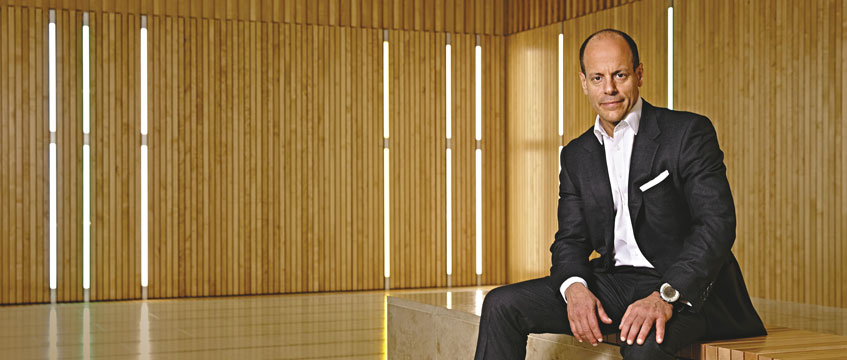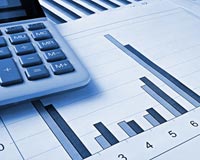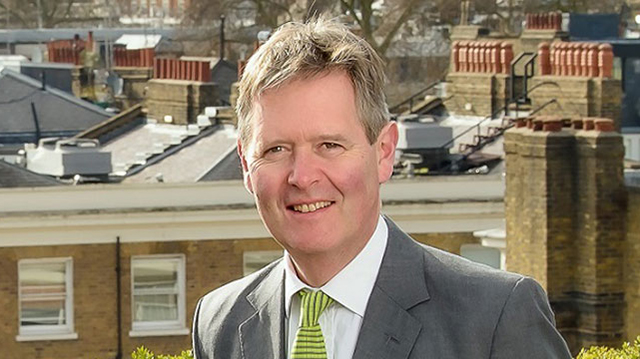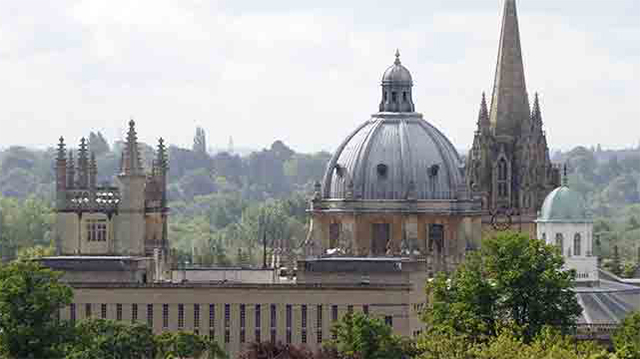The economic difficulties in the US may seem relatively mild compared with what other nations are going through, but the investment environment here is increasingly uncertain.
Besides a slow-growth economy, a jobless recovery and a lacklustre housing market, investors in the US are concerned about the debt crisis in the EU, the political gridlock in the US that will continue through the fall elections, and the risk that interest rates may be raised before the late-2014 timeframe announced by the Federal Reserve.
This uncertainty makes commercial real estate all the more attractive for investment because of the stability, transparency and relatively reasonable returns it offers.
It may be possible to earn higher returns in the stock market than with real estate or other “safer” investments, but the volatility of stocks, especially in this uncertain investment environment, is more than many risk-averse investors can, or want to, bear.
Over recent tumultuous years, commercial real estate yields have been providing attractive risk-adjusted returns versus corporate bonds and 10-year US Treasury bonds.
At 670 basis points, the spreads between the average real estate yield rate of 8.7% and the 10-year Treasury yield of 2.0% remain relatively high. In the last three quarters, the spreads have been relatively stable and continue to outpace the historical 10-year average of about 570 basis points.
Prices declining slightly
In the office market, transaction volumes have slowed in 2012 from the huge rises at the end of 2011, but vacancy rates are starting to fall, rental growth is expected to increase by an average of 2.7% in 2012 for institutional properties, and average prices are declining slightly.
Headlines have been made by high-profile office sales in New York City, Washington DC, Boston, San Francisco or a few other coastal markets, but more and more investors are expanding their horizons and looking for less pricey markets for investment opportunities.
In fact, the most powerful movements in commercial real estate are now happening in the secondary markets. Strong, silent secondary markets such as Atlanta, Georgia; Charlotte, North Carolina; Houston, Texas; Portland, Oregon; and Tampa, Florida, to name but a few, are gaining steam.
The Promenade, a 38-storey office tower in Atlanta, sold in the first quarter for $176 (£113) per sq ft and with a cap rate of 5.1%. Properties in Houston have fetched high prices, too, such as the 18-storey office building at 1,177 W Loop S that sold for $175 per sq ft with a 6.5% underwritten cap rate. Also in Texas, a sale is pending for Capitol Tower, a 20-storey office building in Austin, for $285 per sq ft. Then there was the Hearst Tower, a 47-storey office building in Charlotte, North Carolina, which sold for $257 per sq ft, for a total price of $250m.
Given the changes under way in the US investment environment overall, including the new financial regulations and the impact of the 2012 elections, the secondary markets are the go-to markets for some of the best opportunities. And as long as interest rates remain low and property prices remain reasonable, the potential for market growth remains.











